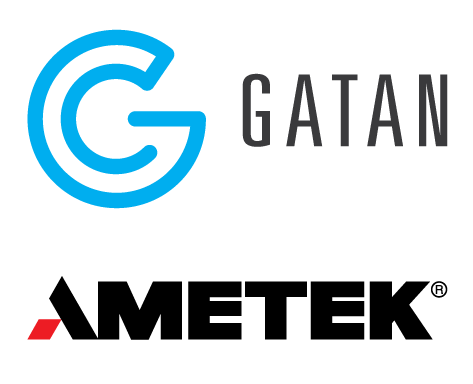The K3™ IS camera offers simultaneous low-dose imaging via real-time electron counting, rapid continuous data capture and a large field of view (FOV). In a 4D STEM experiment, the STEMx™ system enables high-speed data acquisition. It eliminates data loss by precisely synchronizing the scanning probe speed to that of the camera frame rate.
Context
Ni-W based alloys have potential applications in the nuclear industry and national defense due to their excellent resistance to corrosion, superior mechanical properties and higher density. The performance of these alloys can be customized by adding a range of precipitates at varying compositions.
Dark-field (DF) TEM images are traditionally acquired to locate the precipitates in a thin film TEM specimen. If there is interest in covering a broad range in reciprocal space, then the objective aperture would be manually repositioned, and many images would need to be captured. This is a time-intensive and laborious task when using a microscope.
Materials and Methods
A Gatan K3 IS camera and a STEMx system were employed for the capture of 4D STEM diffraction datasets at 4.8 ms/pixel rate in electron counting mode on a JEOL ARM 300F. The full dataset is made up of an assortment of 342 x 213 pixel positions with a 1048 x 1048 pixel diffraction pattern captured at each pixel position.
The dataset took roughly 350 seconds to acquire. The dataset was binned 4x in the reciprocal space to generate a manageable size of ~4 GB. DigitalMicrograph® software was then utilized on an offline computer for data processing to generate the DF images to discern the appropriate positions and concentration of the precipitates.

Figure 1. Virtual imaging of Ni-W based alloys. a) Virtual bright-field (BF) image generated from a virtual SAED aperture (green box in (b)). b) Virtual SAED image (sum of diffraction images from pixels in the red box in (a)). c) Virtual DF image highlighting the position of precipitates in the Ni-W based alloy (yellow arrows). The inset in (b) shows the four virtual objective apertures (purple) used to generate image (c). Image Credit: Gatan Inc.
Summary
Gatan K3 IS with STEMx facilitates hardware synchronized 4D STEM diffraction experiments at rapid speeds (>3500 fps at 256 x 256 pixel resolution) and at the greatest possible signal to noise ratio (using electron counting).
Contrary to traditional DF imaging, 4D STEM grants access to an extensive range of angles in reciprocal space after the specimen has been extracted from the microscope and the TEM session is over.
This not only saves invaluable microscope time but also enables the user to design and optimize an unrestricted combination and number of apertures (e.g., objective, SAED, annular, segmented) to capture virtual images customized to highlight the feature of interest in their specimen.
All of this can be performed on an offline PC throughout the post-processing of the data.

This information has been sourced, reviewed and adapted from materials provided by Gatan, Inc.
For more information on this source, please visit Gatan, Inc.